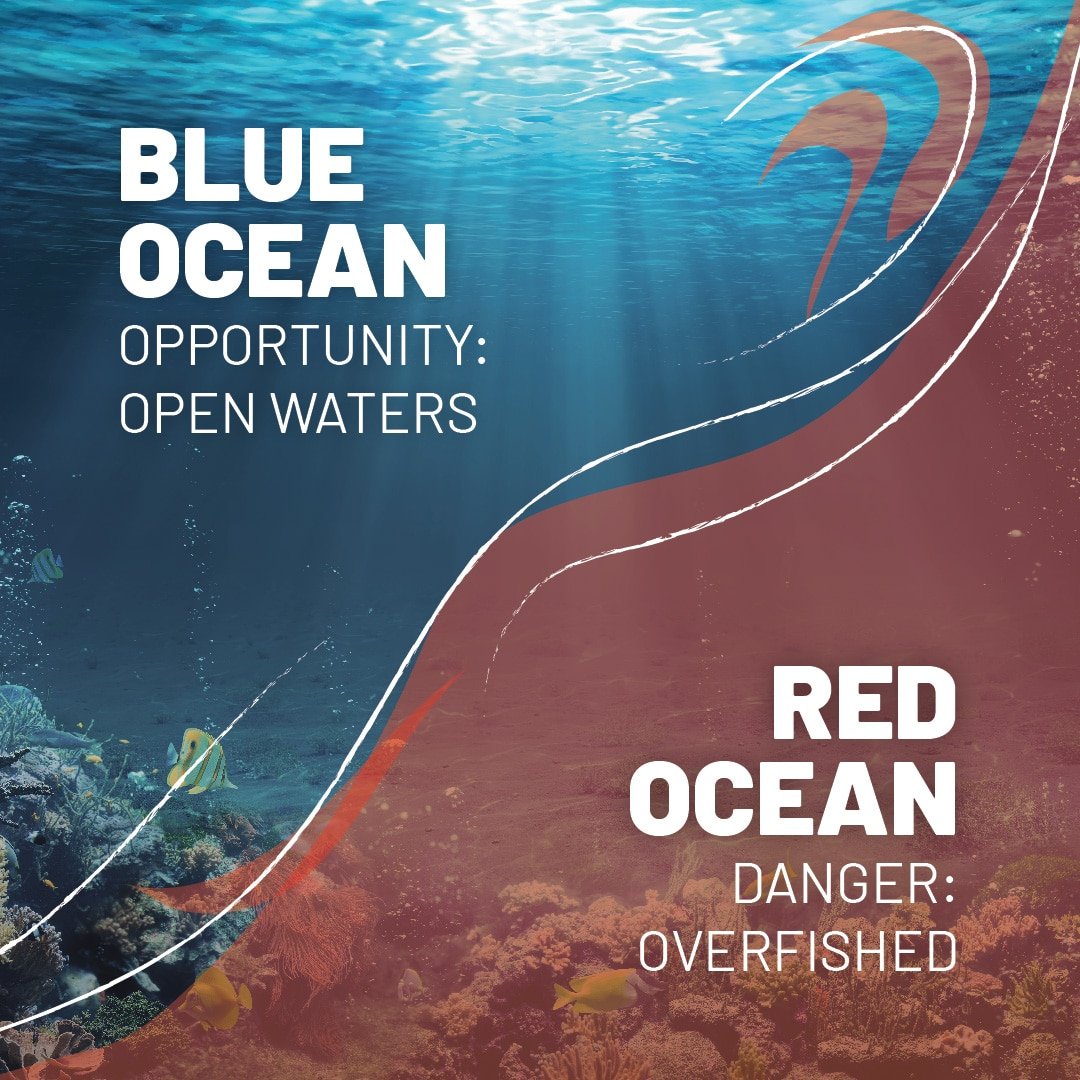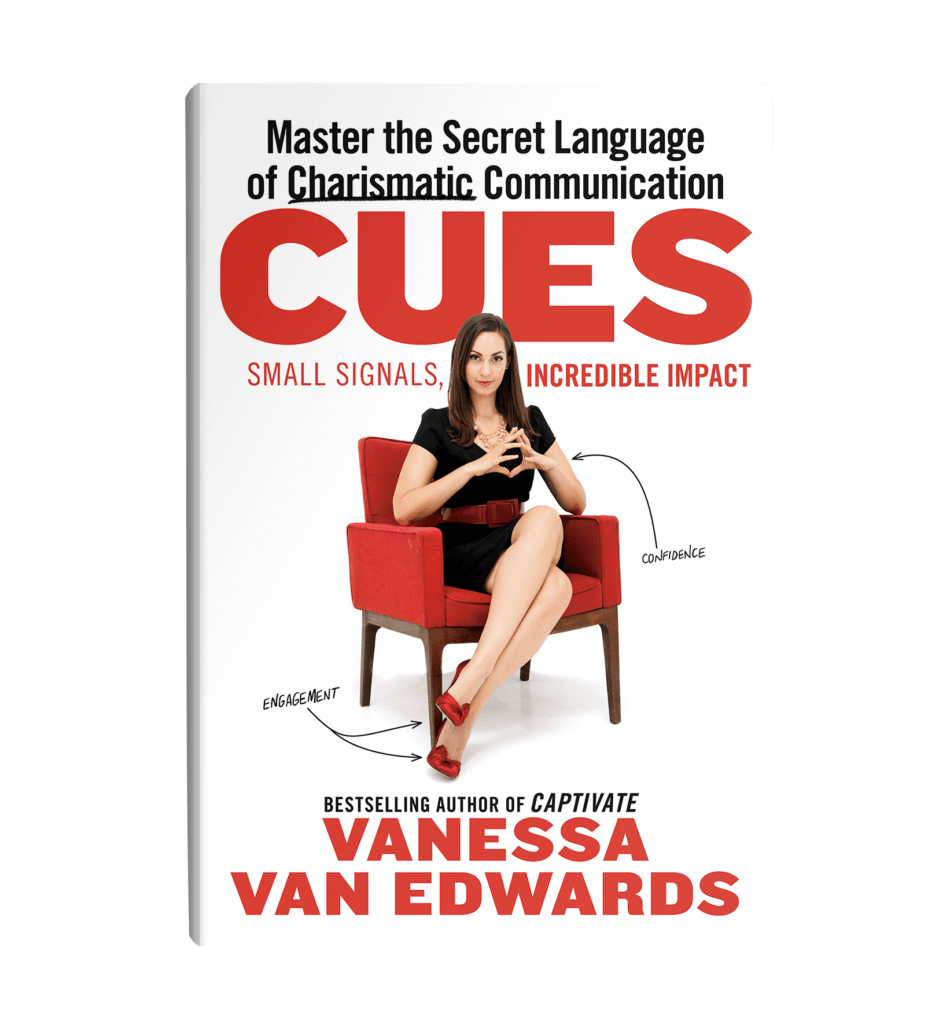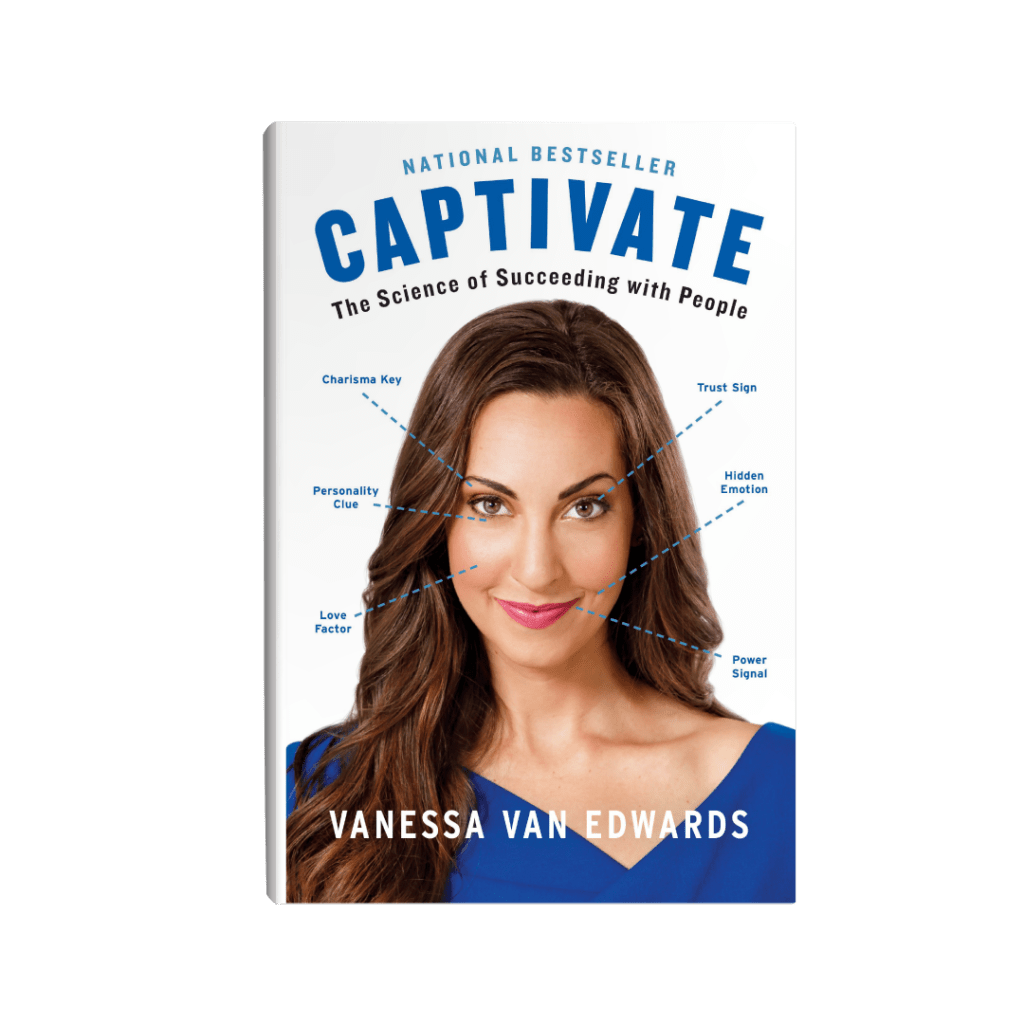On Jan. 4, 2000, Mark Cuban bought a stake in the NBA’s Dallas Mavericks franchise. But there was one big problem. The Mavericks had been voted the worst franchise in professional sports. Cuban had signed himself up for one of the hardest sales jobs out there. He had to sell tickets to see a losing basketball team. How did he do it? In this article, I am going to analyze exactly what Mark Cuban did to close deals to make the Mavericks one of the most successful NBA teams today, and how we can learn from this master salesman.
Mark Cuban created the perfect sales pitch while rebuilding the Mavericks franchise. In this post, I will dissect the exact script he used for his sales pitch. But first…
What is a sales pitch?
A sales pitch attempts to persuade a prospective customer to buy your product or service. It typically highlights the benefits of your product or service for the prospect so they are more inclined to say yes. A good sales pitch successfully initiates and closes a sale.
Now let’s learn how Mark Cuban, and now you, can make an incredible sales pitch in five steps.
Step #1: Put yourself into the action
Once Mark Cuban took ownership of the Mavericks, he did something most owners never have done and will never do. He put himself right in the middle of the sales action. Here’s what he did:
I didn’t even have an office. There was a sales bullpen…and I put my desk right in the middle of it…I had a laptop and a phonebook and I started calling people…Because I wasn’t going to ask somebody else to start making calls if I wouldn’t.
Mark Cuban (Watch him explain it here)
It’s almost impossible to create the perfect sales pitch if you don’t actually talk to real customers. Mark Cuban got into the nitty gritty sales. He didn’t just think about the perfect sales pitch, he called hundreds of prospects to perfect the perfect sales pitch.
Here’s what’s even more courageous: Cuban didn’t just call prospects, he called angry prospects.
Cuban called a list of former season ticket holders who were furious at the Mavericks’ losing streaks. He negotiated with them. He talked to them. He understood them. This is how he created the perfect sales pitch. Nineteen years later, Mark Cuban can recall perfectly the sales pitch he used with real customers.
Here’s what you need to do:
- To create the perfect pitch you need to talk to as many of your prospects as possible. And talk to all types. Potential prospects. Dream prospects. Angry prospects. Reluctant prospects.
- Once you get them on the phone or in the room, write down all of the words they use. Hear the words they use. Write down their excuses, their objections, their worries, their hesitations.
- Take notes on everything they say and then use that info to craft a pitch that addresses their concerns before they even have a chance to bring them up. Once you have pitched enough people, you know what excuse is coming next, and you proactively can address it.
Sales Pitch Case Study: People School
When I pitch my flagship course, People School, I find that one objection comes up about halfway through my presentation. They say:
I don’t have enough time.
Knowing this, I created a new set of slides in my sales pitch to come up right before I typically hear this objection.
- First, I tell them I built the course for busy people. Literally, it’s the reason the course is completely virtual and not in-person—you can watch lessons any time, anywhere.
- Second, I prove it to them by showing thousands of other students from Fortune 500 companies. Successful people make the time to level-up their interpersonal intelligence.
Once I added those slides to my sales pitch, the objection stopped coming up and I closed more sales.
Step #2: Find the Blue Ocean
In their classic book, Blue Ocean Strategy, W. Chan Kim and Renée Mauborgne coined the terms ’red ocean’ and ‘blue ocean’ to describe different markets.

A red ocean is crowded with bloodied waters—sharks have been feasting there for far too long. There is no room to eat.
A blue ocean is clear and uncontested. When you fish in a blue ocean, you can see more and you have less competition.
Mark Cuban is a genius when it comes to finding a blue ocean. Who you give your sales pitch to is just as important as how you give it. Cuban didn’t sit with a phone book and cold call random Dallas citizens, he sat with a list of previous season ticket holders.
Now, this is actually counterintuitive. Most salespeople want fresh leads. They think that cancelled or disgruntled customers are harder sells. But Cuban saw opportunity.
Think about it this way: Previous Maverick season ticket holders aren’t going to switch teams. They might be frustrated by losses, but they are still Dallas Mavericks fans. There is also less competition for them. Because of their location, they aren’t going to be pitched by Houston Rockets sales reps.
This is why season ticket holders are a blue ocean. The question is, what’s your blue ocean? Don’t give your sales pitch to audiences or customers who are getting pitched by lots of your competitors. Fish in a new pond.
Ask yourself: Where are potential customers who might not be your typical customer, but could benefit from your product or service just as much? That’s who you want to go after.
Step #3: Price Anchor (or create price surprise)
Here is the first part of the actual script Mark Cuban used when he called previous season ticket holders:
Hi, this is Mark Cuban, new owner of the Dallas Mavericks. I know you’ve been to a game, and I just wanted to sit here and tell you that I would love to have you back. Did you know that going to a Mavs’ game is less expensive than eating at McDonald’s? Did you know that we have tickets now that are less expensive than going to the movies? And you’ll get a unique experience that you’ll never ever experience anywhere else.
Mark Cuban (Watch him explain it here)
Do you notice what Cuban did? He used a powerful psychological technique called price anchoring.
What is price anchoring? Price anchoring is when you mention a price or piece of information early on in a conversation to anchor someone’s future pricing expectation. If you mention $100 at the start of a conversation, future information will sound high or low relative to the $100.
For example, they say the best way to sell a $2,000 car is to put it next to a $10,000 car—it looks cheap by comparison.
Cuban mentioned the cost of going to McDonald’s, which most people associate with being inexpensive. In this way, he:
- Compared the cost of a ticket to something already known as affordable.
- He preempted a possible excuse of “it costs too much” by anchoring them with something low-cost before even talking about the actual cost of a season ticket (which would be more than the cost of McDonald’s as a total, but broken down by individual games sounds cheap).
Can you price anchor? Of course! Here are a few ideas:
- Mention the cost of a more expensive competitive product up front. This will make yours sound more affordable by comparison. For example, a security company might say, “Some security systems cost thousands of dollars. We can do your entire home for $800.”
- Mention the full cost or worth of the product or service before mentioning your prospect’s price. For example, a car salesman might say, “This SUV normally goes for more than $50,000, but today we are selling it for only $40,000. That’s a $10,000 savings.
- Create a payment plan so the monthly or installment payments don’t have such a high sticker price.
Step #4: Create a Power Moment
This is one of my secret ninja strategies for persuasion. The best salespeople have what I call “power moments” in their presentations, pitches, or stories.
Power Moment: A part of your pitch that instantly makes your prospect closer to buying.
A power moment is when you say something that makes everything click for your prospect. It could be a story, an example, a slide, a piece of data, an explanation. Mark Cuban’s power moment happens during his sales calls when he asked prospects:
Do you remember when your Mom or Dad took you to your first Mavs game? Do you remember how you felt? Do you get that going to McDonald’s? Do you get that going to the movies? No. We create special experiences. I can’t guarantee you we are going to win or lose, but I can guarantee you we’re going to make the entertainment so when you look at your son or daughter’s face, you will be thrilled to death and know that you can’t get that experience anywhere else. And it’s $8 a ticket.
Mark Cuban (Watch him explain it here)
See what he did? He brought up a powerful memory and then tapped into a universal need of all parents. The desire for parents to create memories with their kids. Now that’s a power moment. All Cuban had to do was remind his previous season ticket holders why they bought in the first place. And this created an ‘Aha!’ moment for his prospects.
You need to identify your power moments. When speaking with clients previously, what story, point, or argument has made them say “Aha!” or “interesting” or “great’”? Do some self-analysis on previous closing meetings or calls and identify the points that have resonated most. Here’s how you know you have a power moment:
- Your prospect says “Aha!” or “Fascinating!” or “Really?”
- Your prospect asks how they can buy, do, or get more—signaling purchase readiness.
- Your prospect suddenly leans in and raises their eyebrows in interest because they want to get closer and see more of the material. (Nonverbally, the lean plus the eyebrow raise shows intent and interest.)
Step #5: Think Beyond Features
Hopefully, you have the greatest product in the world. If you do, it should be easy for you to sell it. But what if you don’t? Mark Cuban had a pretty lackluster product—he was selling tickets to a losing basketball team. So, what did he do?
He didn’t try to sell the basketball. In his words:
We realized what we were selling. We weren’t selling basketball. It was more like a wedding.”
Mark Cuban (Watch him explain it here)
He wasn’t selling basketball. He was selling memories.
I want you to think beyond the features of your product or service.
- What else are you selling?
- Are you solving a pain point?
- Are you fulfilling a promise?
When I sell my book Captivate, yes, I am selling people skills and communication strategies, but I’m also selling hope. I’m selling hope to fellow recovering awkward people that they don’t have to feel awkward forever.

Unlock the Secrets of Charisma
Control and leverage the tiny signals you’re sending – from your stance and facial expressions to your word choice and vocal tone – to improve your personal and professional relationships.
Succeed with People
Master the laws of human behavior. Get along with anyone, increasing your influence, impact, and income.

When I pitch People School I’m selling interpersonal intelligence. But one of the bigger benefits I talk about is that the course itself is a career reset button for people who feel stuck or in a rut in their career.
What are some of the secret or deep benefits of your product or service? Hype those along with your features.
In summary, let’s read Mark Cuban’s entire pitch so you can see how it uses all of these 5 steps to create the perfect sales pitch:
“Hi, this is Mark Cuban, new owner of the Dallas Mavericks. I know you’ve been to a game, and I just wanted to sit here and tell you that I would love to have you back.
Did you know that going to a Mavs game is less expensive than eating at McDonald’s? Did you know that we have tickets now that are less expensive than going to the movies?
And you’ll get a unique experience that you’ll never, ever experience anywhere else.
Do you remember when your Mom or Dad took you to your first Mavs game? Do you remember how you felt? Do you get that going to McDonald’s? Do you get that going to the movies? No.
We create special experiences. I can’t guarantee you we are going to win or lose, but I can guarantee … when you look at your son or daughter’s face, you will be thrilled to death and know that you can’t get that experience anywhere else.
And it’s $8 a ticket.”
— Mark Cuban (Watch him explain it here)
With these five steps you will be able to craft the perfect sales pitch. Take a dash of Mark Cuban’s magic and be sure to add some of your own. Remember, what you are selling is worthwhile. You just have to share that power with others. These five tips will help you get your message across to the right people.

Wonderful examples coupled with detailed explanations!
Wonderful examples coupled with detailed explanations!
Wonderful examples coupled with detailed explanations!
Wonderful examples coupled with detailed explanations!
Vanessa, thanks for disecting and sharing this sales perspective.
I took your LinkedIn course already and I follow you there (but I couldn’t connect because I did not have your email 🙁 though)
Vanessa, thanks for disecting and sharing this sales perspective.
I took your LinkedIn course already and I follow you there (but I couldn’t connect because I did not have your email 🙁 though)
Vanessa, thanks for disecting and sharing this sales perspective.
I took your LinkedIn course already and I follow you there (but I couldn’t connect because I did not have your email 🙁 though)
Vanessa, thanks for disecting and sharing this sales perspective.
I took your LinkedIn course already and I follow you there (but I couldn’t connect because I did not have your email 🙁 though)
I love your work, Vanessa. I’ve been watching you a long time, and you continuously give value to everyone you touch.
I love your work, Vanessa. I’ve been watching you a long time, and you continuously give value to everyone you touch.
I love your work, Vanessa. I’ve been watching you a long time, and you continuously give value to everyone you touch.
I love your work, Vanessa. I’ve been watching you a long time, and you continuously give value to everyone you touch.
Thank you. Now I am thinking back to go to my old clients once again. I think it is worth doing it.
Thank you. Now I am thinking back to go to my old clients once again. I think it is worth doing it.
Thank you. Now I am thinking back to go to my old clients once again. I think it is worth doing it.
Thank you. Now I am thinking back to go to my old clients once again. I think it is worth doing it.
Vanessa, thank you again for sharing such powerful communication tips that can help anyone.
Vanessa, thank you again for sharing such powerful communication tips that can help anyone.
Vanessa, thank you again for sharing such powerful communication tips that can help anyone.
Vanessa, thank you again for sharing such powerful communication tips that can help anyone.
awesome
Busy and disorganized as I am, I always make time for Vanessa’s always interesting emails.
This one is particularly interesting to me, because I’m planning to offer my landscape design services to the local government, here in Newcastle, NSW, Australia.
‘To your success’, Vanessa and Mark. You both deserve no less.
awesome
Busy and disorganized as I am, I always make time for Vanessa’s always interesting emails.
This one is particularly interesting to me, because I’m planning to offer my landscape design services to the local government, here in Newcastle, NSW, Australia.
‘To your success’, Vanessa and Mark. You both deserve no less.
awesome
Busy and disorganized as I am, I always make time for Vanessa’s always interesting emails.
This one is particularly interesting to me, because I’m planning to offer my landscape design services to the local government, here in Newcastle, NSW, Australia.
‘To your success’, Vanessa and Mark. You both deserve no less.
awesome
Busy and disorganized as I am, I always make time for Vanessa’s always interesting emails.
This one is particularly interesting to me, because I’m planning to offer my landscape design services to the local government, here in Newcastle, NSW, Australia.
‘To your success’, Vanessa and Mark. You both deserve no less.